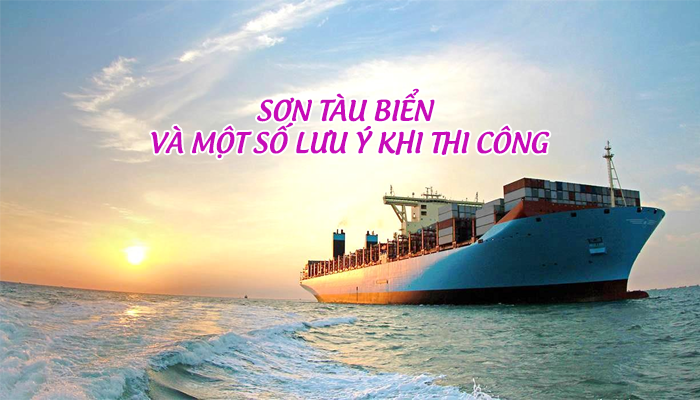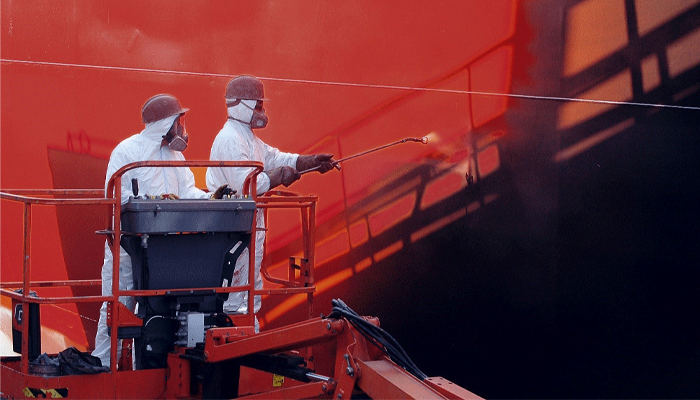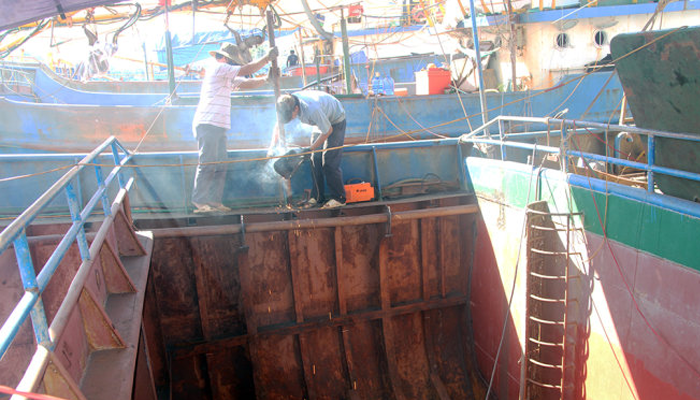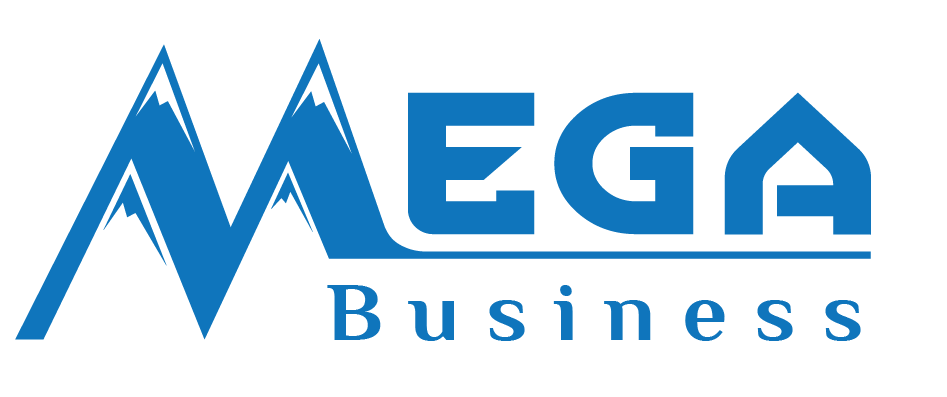
MARINE COATINGS AND SOME CONSTRUCTION WARNINGS
Marine coatings (also known as metal protection paint) are a kind of paint that enhances the lifespan of ships.
MOST COMMON MISTAKES WHEN APPLYING EPOXY
AUTOMOTIVE COATINGS MARKET
What's the Difference Between Polyurethane, Varnish, Shellac and Lacquer?
NO SELF-HEALING PAINT
MARINE COATINGS AND SOME CONSTRUCTION WARNINGS
1. Definition
Marine coatings (also known as metal protection paint) are a kind of paint that enhances the lifespan of ships and protect hulls and metal surfaces against the direct impact of the environment, chemicals, and the impact of saltwater at sea.
Marine paints include epoxy-based, Alkyd-based, PU-based, and chlorinated rubber-based paints. Depending on the purpose of use and requirements, customers can choose the right ship paint.
2. Application and advantages of marine coatings
Application
Marine coatings have good adhesion, good water resistance, chemical and abrasion resistance, and excellent performance. Marine coatings have good corrosion resistance and can be used for 10 to15 years in chemical and marine environments, even in acids, alkalis, salts, and solvents, and in 5 years. under certain temperature conditions.
Advantages of marine coatings.
- Thick film
- Good quality
- Reasonable price
- Strong adhesion
- Simple construction process
3. General requirements for the marine coating construction process
Requirements for surface treatment of hull raw materials
- The interior panels such as ship hulls, deck panels, partitions, retaining walls, superstructure outer panels, inner floors, and composite components should be shot off before cutting, meeting Sa2.5's waterproof standard of Sweden, and immediately be painted with zinc-rich primer.
- The inner sides of the hull were treated by sandblasting, meeting Swedish Sa2.5 rust removal standards, and the zinc-rich primer was sprayed immediately.
- After the surface treatment, the primer should be sprayed at the workshop as soon as possible, not painted after the steel surface has rusted again.

>>>Click HERE for more coating chemicals<<<
Second treatment
- If there is any defect on the primed surface, it should be treated before construction.
- The surface of the hull that has been coated with a primer or other coatings must be treated before applying another coat.
How to choose marine coatings
- The selected paints must satisfy the specified technical conditions
- Before opening the can, first check to see if the paint type, brand, color, and storage time are suitable for the usage and that the diluent is suitable. Once opened, it should be used immediately.
- After opening the paint, stir well, add the curing agent to the Epoxy paint, stir well, pay attention to the mixing time before applying.
- During application, if the paint needs dilution, an appropriate diluent should be added according to the paint manufacturer's instructions, and the amount of addition should generally not exceed 5% of the paint quantity.
Requirements for painted environments:
- No applying in rainy, snow, dense fog, or wet weather.
- Do not paint on wet surfaces.
- Do not use for coating
- It is not allowed to work in an environment with dust or heavy pollution.

Painting construction process:
- Requirements:
- The hull, deck, outer deck, inner and outer walls, and the upper steel plate parts of the engine room propeller shall be spray-painted.
- Paint before manual welds, fillet welds, back profile faces, and free edges before spraying.
- The method of brushing and roller coating is used for other parts.
- Construction must be done in strict accordance with "List of paint marks, number of coats and dry film thickness of each part of the hull".
- The surface must be cleaned and should only be carried out after inspection by the specialist and the shipowner's representative.
- Paint tools must be compatible with the selected paint, when using other paints, must clean all complete tools.
- When applying the next coat, keep the front surface clean and dry, and the drying times are usually no less than the shortest coating times specified by the manufacturer.
- To reduce the secondary surface cleaning workload, all welds, cuts, free edges (free edges require chamfering) must be treated after welding and cutting, and be cleaned immediately.
- For parts with high surface aesthetic requirements, defects such as sag and build-up of the coating should be avoided.
Above is some information about marine paint and construction notes, if you have any questions, please contact us again. Also, Mega Vietnam is also providing raw materials for the production of industrial paints in general and marine coatings in particular from leading suppliers in the world.
Contact
MEGA VIETNAM
Office address: Floor 2-A2-IA20, Nam Thang Long Urban Area, Pham Van Dong Street,
Dong Ngac Ward, Bac Tu Liem District, Hanoi City, Vietnam
Tel: (+84) 24 375 89089; Fax: (+84) 24 375 89 098
Website: megavietnam.vn
Hotline: 1800.577.728 Zalo: 0971.023.523





